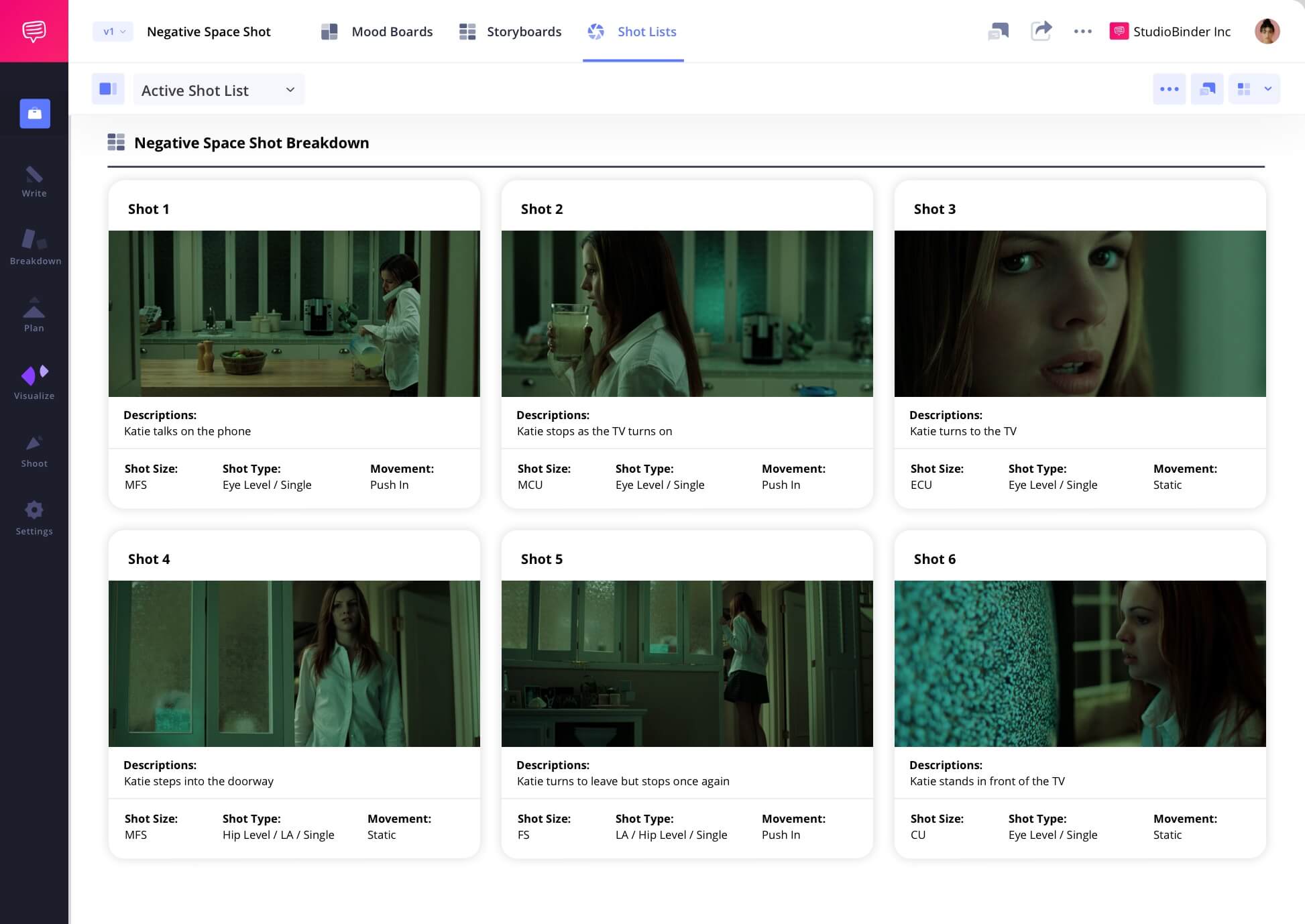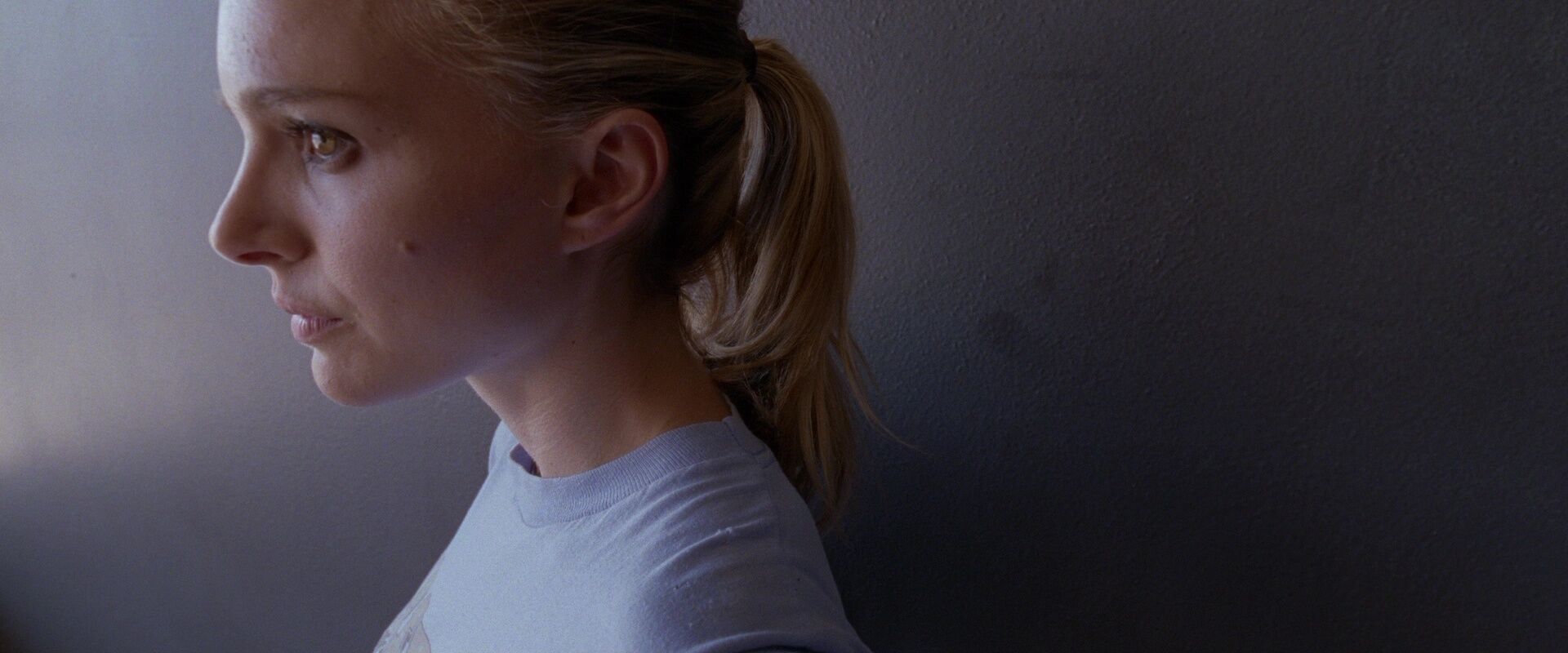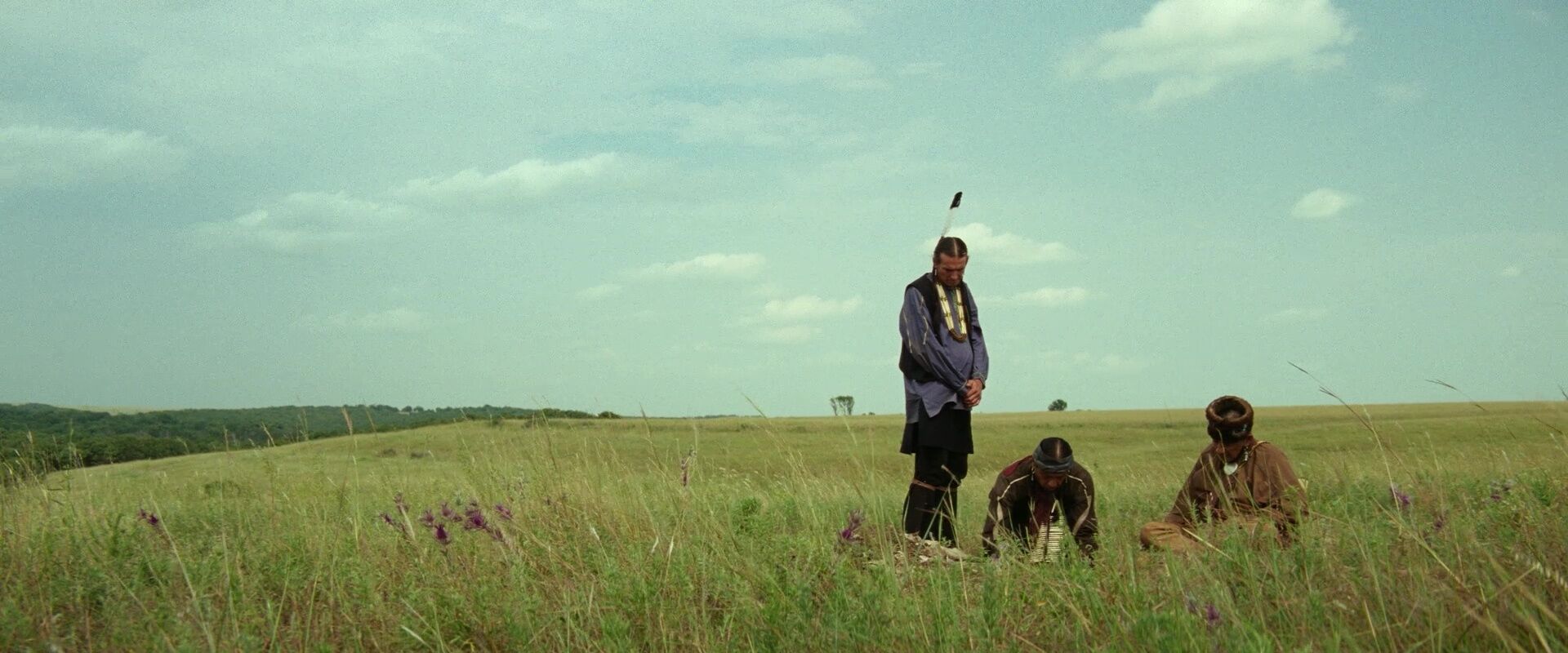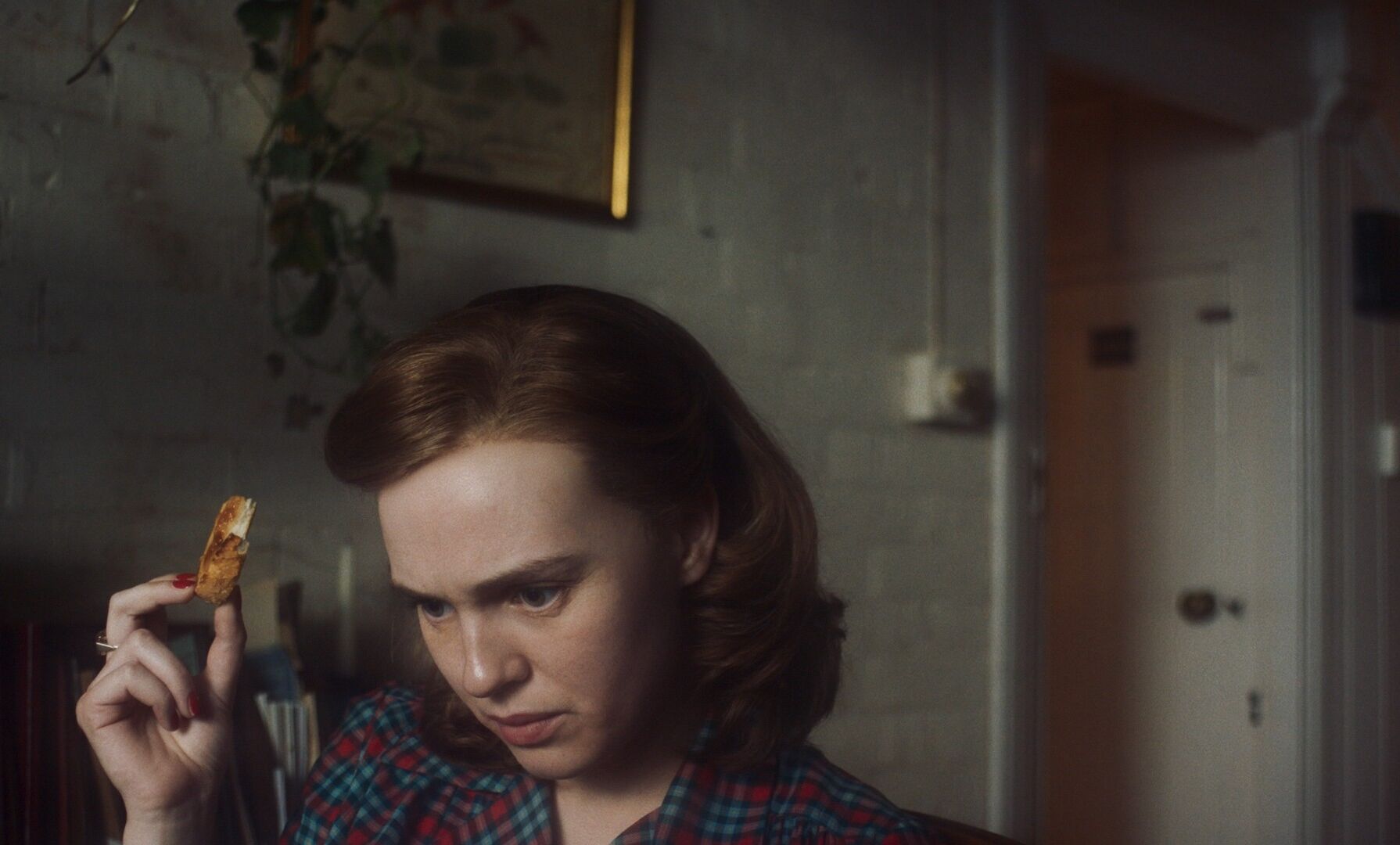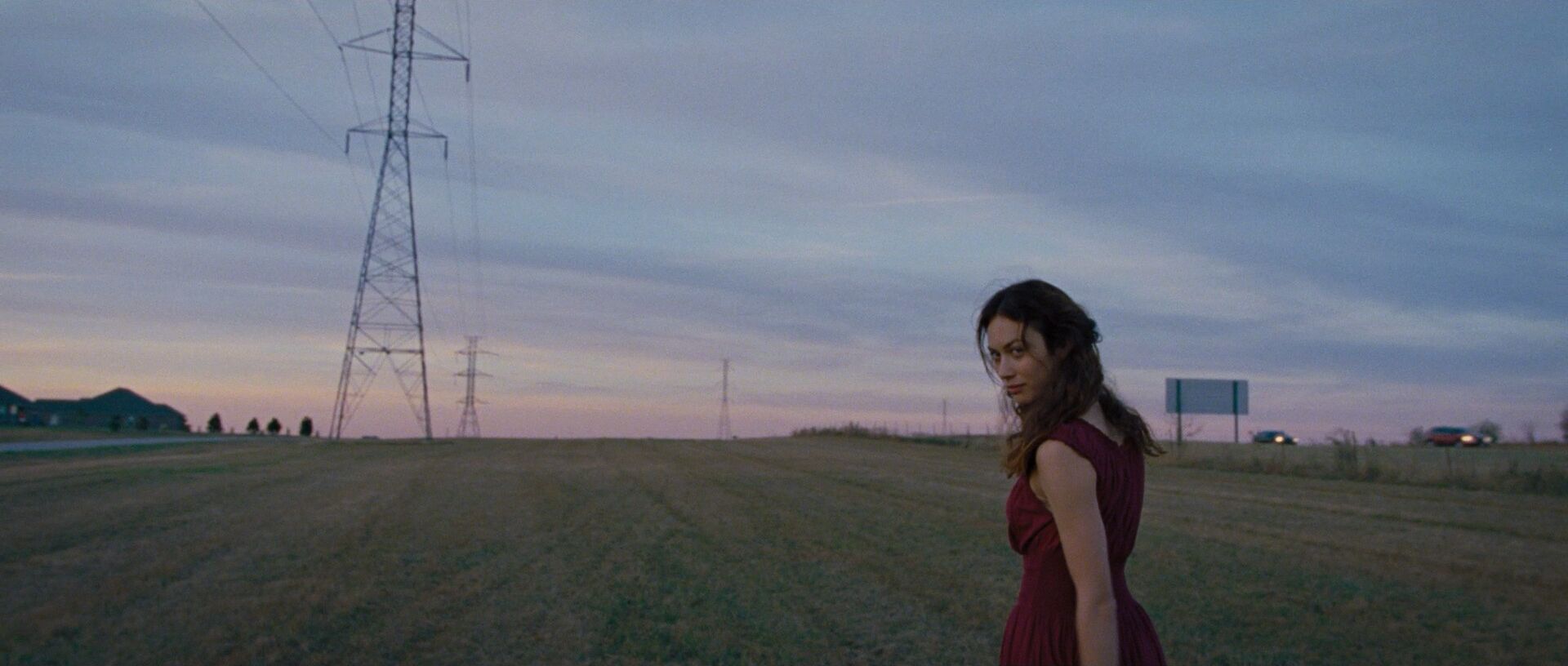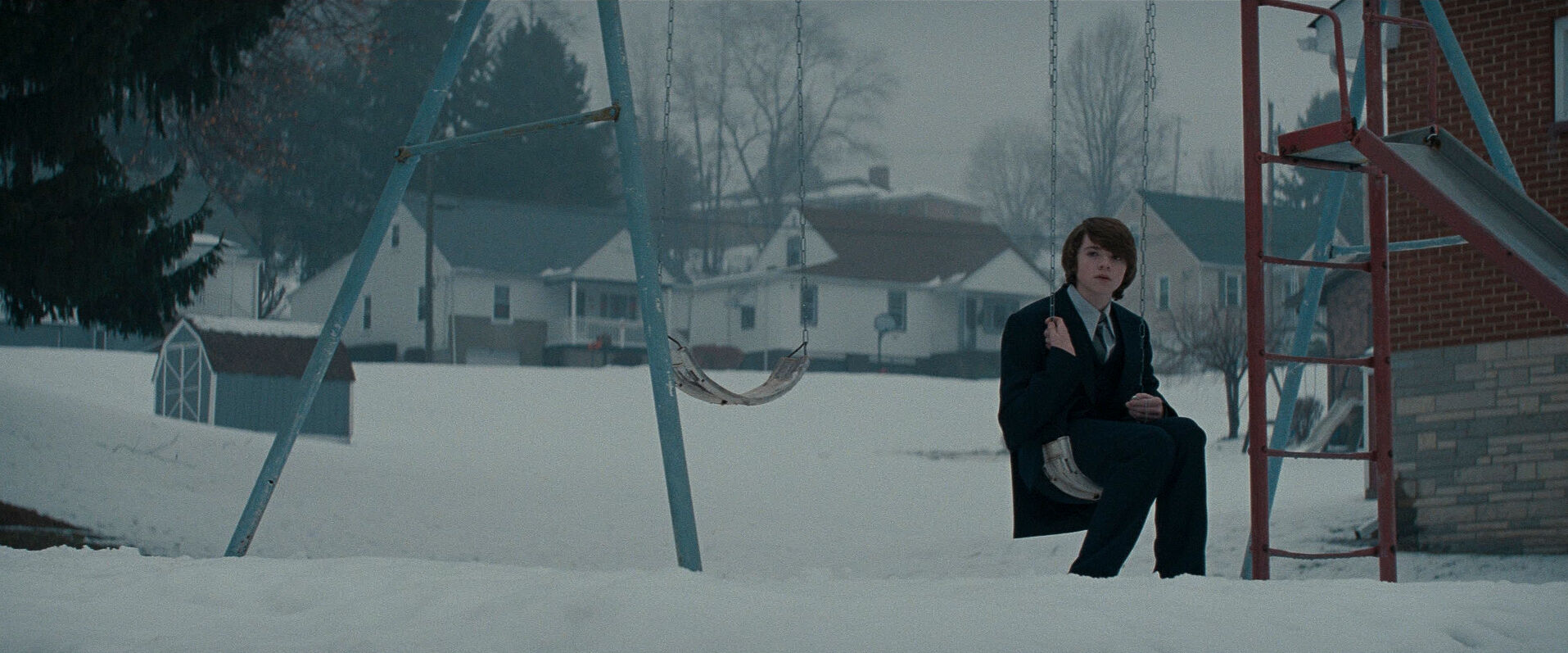home → Composition Techniques → Negative Space
Negative space definition
What is negative space?
Every shot contains two types of space: Positive and negative. You’ve seen negative space thousands of times in your life, but you probably never knew what it was. Negative space is pretty easy to understand. All it is is the empty space around the main subject in a shot, while positive space is that main subject or the focal point.
To learn more, check out our guide to negative space, with examples and breakdowns.
Negative space in film
Negative space examples
It’s helpful to see negative space in action before exploring how it operates within visual storytelling. Browse this curated selection of negative space shots to get a sense of its uses across films.
Show loneliness
Create a balanced frame
Showcase the main character
Direct the audience
Uses
What does negative space do?
Negative space is used by filmmakers for several story reasons. More than just creating interesting-looking shots, the amount of space left empty and how your subject fits into it has massive potential for visual communication with the audience.
Highlight the main subject
Negative or empty space helps highlight the main subject by removing everything else around them so that our only focus is on the character in that moment.
Create balance
Using negative space along with positive space can create balance in a composition by not overcrowding the frame and giving them space to breathe.
Capture the environment
Negative space can be a fantastic way to establish a location or give environmental context to the scene so that the setting can really shine.
Evoke emotion
Shots with negative space can show emotions like loneliness or isolation especially in situations where the emptiness would normally be filled.
Negative vs. positive space
Negative vs. positive space
Negative space is the empty space around the main subject. Positive space, by contrast, is the part of the frame that contains the main subject. Visual artists play with the relationship between these two elements in fascinating way.

Case Study
Shot listing negative space
Horror films play with negative space all the time and audiences have learned to understand what to expect when they see it. In scenes like this one from The Ring, empty space becomes almost an invitation for something to fill it.
Until it is filled, we are left in suspense.
Click the shot list below to take a closer look at the entire scene.
If you’re creating a shot, you’re using negative space. You can combine this knowledge with other techniques to create a better composition.
Unexpected combos
How can you use negative space with other camera techniques?
How to combine negative space
Negative space can be used with any and all other shot types, and is usually used to convey isolation:
- Wide shot: A wide shot with negative space makes a subject look tiny.
- Close-up: Emphasizing negative space in a close-up can draw attention to a character’s facial expressions.
- Tracking shot: When you track a shot with negative space, it can make the character appear lost or alone.
- High angle shot: Shooting a character from above with lots of negative space in frame can make a character seem small or lonely.
Frequently asked questions about negative space
Negative space is the empty space in a frame that’s around or between the main subjects.
Positive space is the part of the frame with the main subject. Negative space is everything else. Negative space is "empty" but not necessarily in a literal sense, it just doesn't include the character or subject.
There are a few reasons filmmakers use negative space. Perhaps the most common is to show loneliness or make a character look small. But it could also be used to emphasize the size or scope of the environment around them.
Negative space helps direct the viewer’s eye to the subject by keeping the space around them clear. It can also become a visual metaphor for isolation or some other aspect to the character's emotional state.
In art, like in film, negative space is the area around the main subject. The principles for using negative space in film and art are the same.

